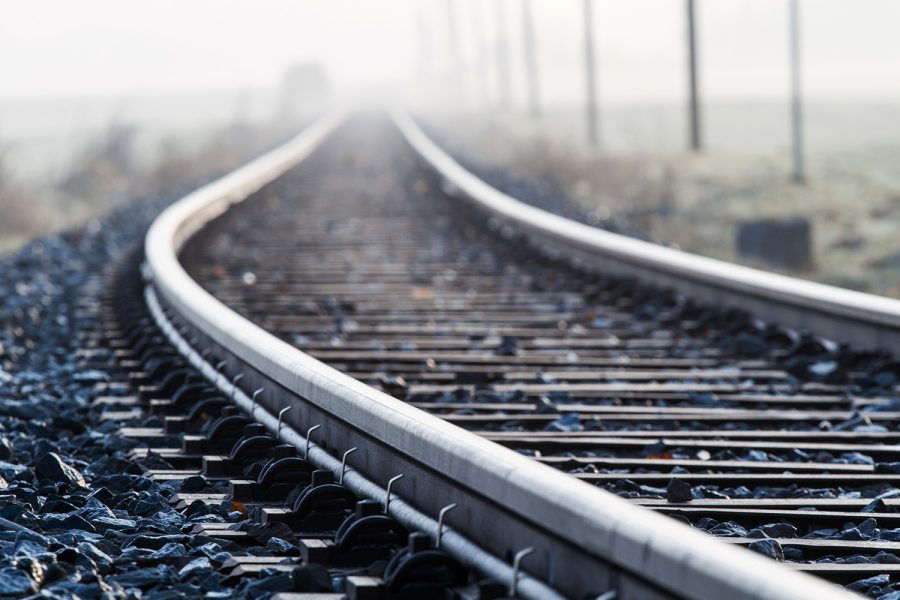A vehicle that moves faster than highway speeds, more safely than a car, carries hundreds of people without creating traffic, and emits less carbon per person per mile than pedaling a bicycle already exists.
Not only are trains the original physical backbone of our nation’s economic development and a potent symbol of industrialization, but they’re a source of mobility that arterializes people and products through many of America’s largest cities.
The area between, within, and around Cedar Rapids and Iowa City, also known as the “Corridor,” deserves an environmentally favorable, convenient, long-term, and cost-effective transportation system. Trains are the solution.
Consider Iowa City’s car-centric nightmares: On weekends, drivers are often looping the blocks downtown, hoping a parking spot opens up, finally settling for one of the ramps.
For the University of Iowa students and faculty who commute to campus, car-centric infrastructure means enduring reckless drivers on Second Street in Coralville or I-380, or end up taking the bus; there is an eternal administrative purgatory that is fiending for a closer parking spot.
Getting to the Eastern Iowa Airport from Iowa City means begging a friend to drive you, weighing the cost of two rideshares against overnight parking, or following false promises of a shuttle bus that is ever evasive.
With Tiffin and North Liberty’s explosive growths, as well as the increasing number of people who live in Cedar Rapids and commute to Iowa City, the experience and inconvenience that comes with owning a car in the Corridor is noticeably worsening.
The Iowa Department of Transportation acknowledges this, as evidenced by their current plans to further expand I-380. However, widening of highways typically worsens congestion due to induced demand, according to an article from Vox. Corridor residents deserve a better solution.
The 380 Express commuter bus is excellent, it’s limited, as it doesn’t serve the airport or North Liberty and is still traffic-dependent. A rail line parallel to I-380 would be superior in these ways, likely with improved carbon emissions.
While the good news is that a rail route already exists. CRANDIC — the Cedar Rapids and Iowa City railroad line — starts in downtown Cedar Rapids, swings through CID, and penetrates the center of Iowa City via the seemingly abandoned railroad bridge over the Iowa River. Unfortunately, it hasn’t carried passengers since 1953 and would require significant upgrades like electrification, passenger platforms, new train cars, and high-speed rail upgrades.
The cost of this prospective renovation has drawn concerns from some. Current CRANDIC revival plans estimate costs at around $500 million, according to an article from the Iowa City Press Citizen. There’s also known structural difficulty with funding public transit projects.
However, this investment is more than worthwhile for a progressive community that seeks a green future. In 2018, Iowa City declared a carbon emissions reduction target of 45 percent by 2030 and 100 percent by 2050.
While the first goal was hit nine years early, Iowa City’s transportation emissions have only increased. These emissions comprise 19 percent of the total, and have increased by 11.1 percent since 2020, according to Iowa City’s most recent climate report. Replacing cars with trains is an obvious, attractive, and achievable path to necessary progress.
There’s no time like the present for our growing community to invest in environmentally friendly and convenient interurban transportation infrastructure. It’s high time to revive CRANDIC.
Columns reflect the opinions of the authors and are not necessarily those of the Editorial Board, The Daily Iowan, or other organizations in which the author may be involved.



